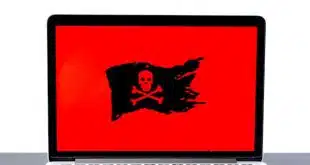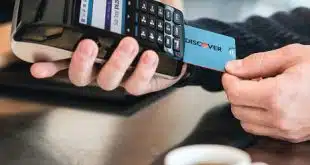More than 2 million new households logged into online banking over the past year, bringing the online-banking share of the nation's households with Internet access to 79%. That's one of the key findings from the 2009 Consumer Billing and Payment Trends survey from bank processor and bill-pay technology provider Fiserv Inc. What's more, an estimated 64.4 million households paid at least one bill either through a bank site or a biller's site. That's up from 63.1 million electronic bill-paying households last year and 61 million in 2007 (Digital Transactions News, Aug. 27, 2008). The estimated number of households using online bill payment at bank Web sites went from 30 million in 2008 to 32.6 million this year. The 2009 survey says 69.7 million households do some form of online banking, up from 67 million last year. Citing Forrester Research Inc. data, Fiserv says the nation has 88.2 million online households. The increase in online banking and electronic bill pay is a result of many factors, including big pushes by banks, credit unions, and billers. But it's also a reflection of young adults comfortable with all things Internet moving into the financial mainstream, according to Geoff Knapp, Fiserv's vice president of online banking and consumer insights. “We're seeing a generational change,” Knapp tells Digital Transactions News. Many younger adults now surf into bank Web sites frequently each month and manage their finances differently from the way their parents did. “They use it multiple times as a replacement for balancing the checkbook,” he says. Harris Interactive conducted the survey of 3,029 online consumers for Brookfield, Wis.-based Fiserv in February. Those polled were consumers age 21 and older responsible for paying their household's bills; some responses referred to their behavior in January. Norcross, Ga.-based The Marketing Workshop Inc. managed the survey and compiled the data. The big bill-pay services provider CheckFree Corp., which Fiserv acquired in December 2007, started commissioning the surveys in 2001. There's still plenty of growth left for online banking and bill pay despite the fact that nearly four out of five Internet-connected households now do online banking, according to Knapp, though he says “we're reaching maturity status” with casual users. Such users do little more than check account balances, the most popular feature of online banking, or transfer money between accounts held by the same financial institution. Some 81% of online-banking users check account balances, and 70% move money between accounts at their bank or credit union. Still, “there is quite a bit of deep usage,” says Roger Johnston, marketing research consultant at Fiserv. Rounding out the rest of 10 features listed by the survey takers, 58% of online-banking users said they view imaged checks, 57% get statements, 47% pay bills, 33% use online customer service, 30% use search functions, 28% get activity alerts, 21% download transactions, and 18% transfer money to or from accounts held at a different financial institution. Dublin, Ohio-based consultant Fred Brothers, managing partner of eCom Advisors and a former CheckFree executive, says Fiserv's latest results are consistent with what he's seeing. That is, customer adoption of online banking is at what he calls the “late-majority” stage at most large financial institutions but generally still in the “early-majority” adoption phase at smaller ones, a market segment where Fiserv historically has been strong. Fiserv and other core processors “have a lot of opportunity to drive new users and new transactions over the next few years,” Brothers says by e-mail. Citing Fiserv's results, Knapp agrees with Forrester's prediction that banks (the so-called consolidator bill-pay providers) will capture a majority of online bill-payment transactions fairly soon (Digital Transactions News, June 17). Of those surveyed, 41% of current online-banking users planned to pay more bills at their bank or credit union's Web site in the coming months, while 35% of those who pay bills directly at company Web sites said they planned to pay more bills at those sites. But Knapp adds, “We continue to see adoption of both” biller-direct and consolidator bill-pay alternatives.
Check Also
Time Will Tell on How Soon Pay by Bank Goes Mainstream
Open banking, the ability for third-party developers to access financial data in traditional banking systems, …






